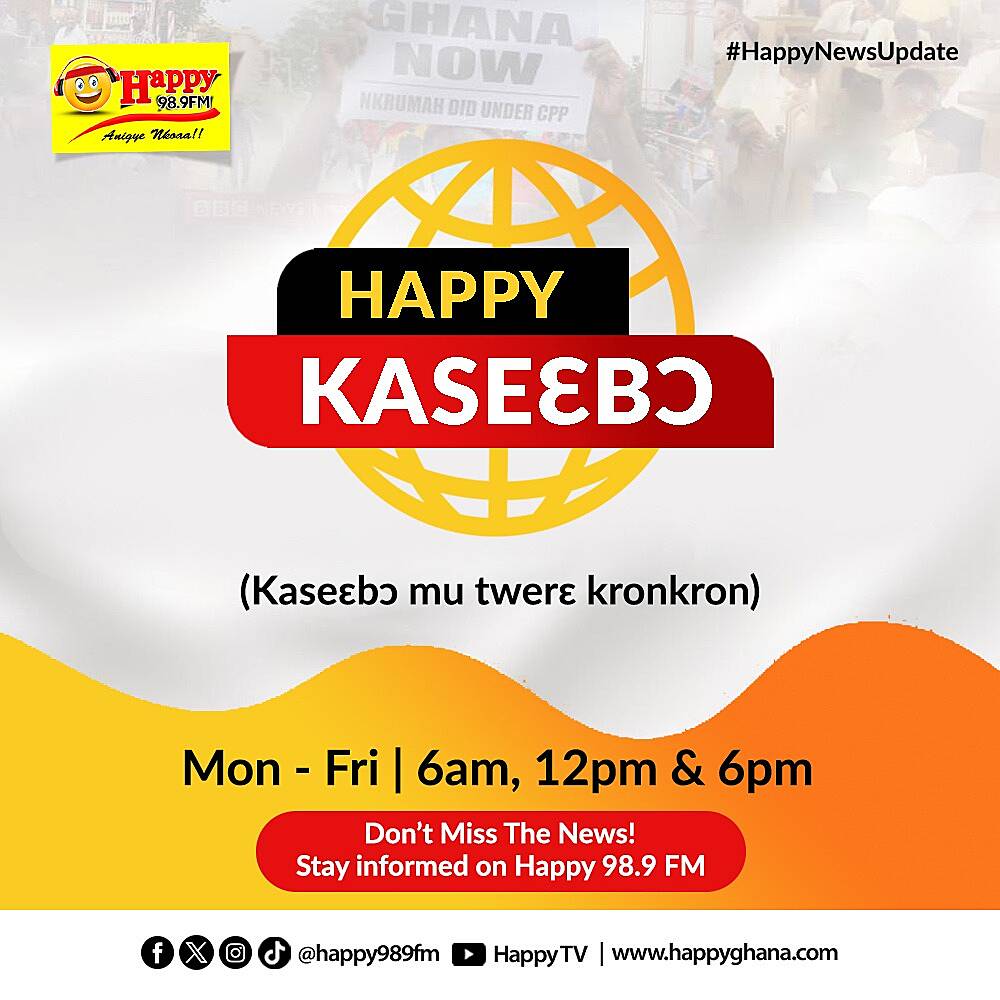Ampem Darkoa Ladies have won their first Women’s Premier League title after defeating Hasaacas Ladies in the final game played at the Accra Sports Stadium on Saturday.
The Techiman-based side defeated Hasaacas Ladies 5-4 on penalties to win the Women’s Premier League title.
The game ended 1-1 after 120 minutes with penalties needed to separate the two teams.
Hasaacas Ladies scored the opening goal of the game from the spot kick in the first half through Success Ameyaa.
Ampem Darkoa also got the equalizer also from a penalty which was converted by Comfort Yeboah in the 25th minute of the first half.
The first half ended in a 1-1 draw before a keenly contested game in the second half saw the two team going for 30 extra minutes.
Ampem Darkoa were unable to convert all their spot kick while Hasaacas Ladies missed one of their spot kick to lose out on the title against their arch-rivals.
Ampem Darkoa have ended Hasaacas Ladies their first defeat of the season in this year’s Women’s Premier League.
Ampem Darkoa emerging as winners will be representing Ghana in the CAF Women’s Champions League.


















